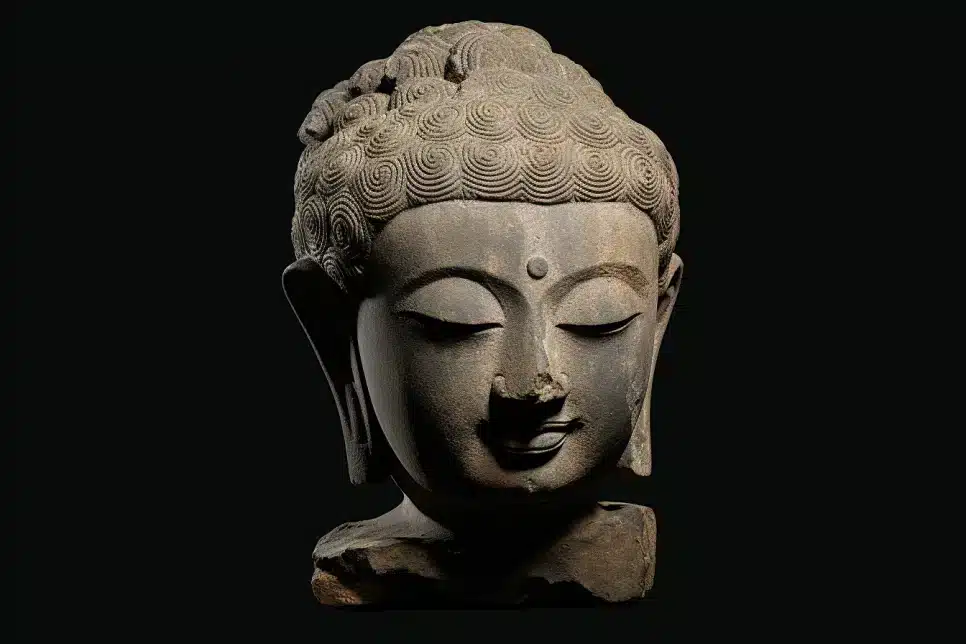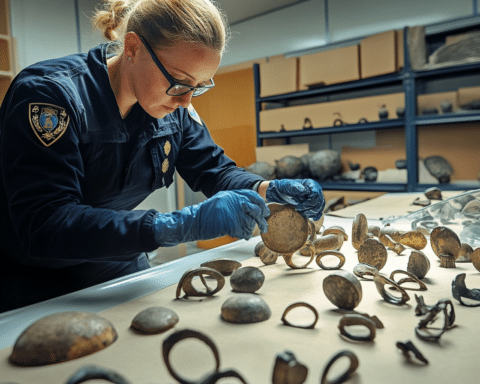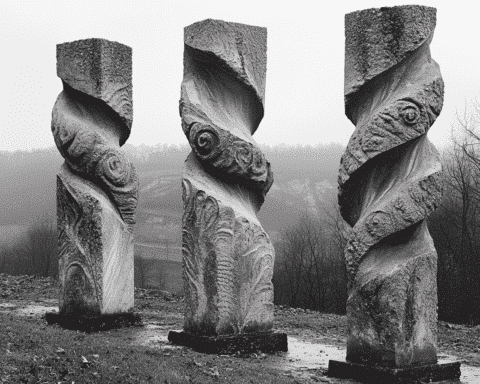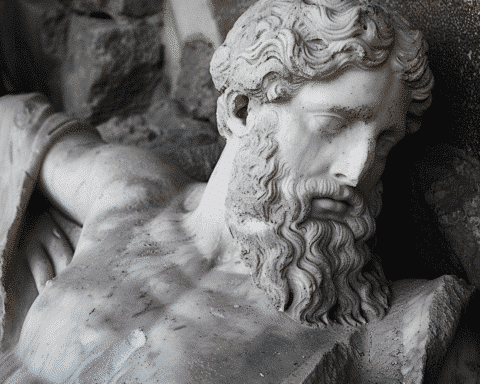The Metropolitan Museum of Art has announced the commencement of the return process for over a dozen ancient sculptures to Southeast Asia following revelations of their connections to illicit art trafficking. This significant move comes after the artworks were associated with Douglas Latchford, a British art dealer implicated in the trafficking of looted artifacts from the region. In collaboration with the US Attorney’s Office in the Southern District of New York, the museum has identified 14 pieces for repatriation to Cambodia and two to Thailand, acknowledging their provenance tied to illegal activities.
Max Hollein, the Director and CEO of the Metropolitan Museum emphasized the institution’s commitment to ethical stewardship, stating, “The Met has been diligently working with Cambodia and the US Attorney’s Office for years to resolve questions regarding these works of art, and new information that arose from this process made it clear that we should initiate the return of this group of sculptures.” This statement underscores the museum’s dedication to rectifying past oversights and ensuring the rightful return of cultural heritage to its origins.
The sculptures in question span from the 7th to the 14th centuries, showcasing the Angkorian period’s rich Hindu and Buddhist traditions. Among the notable pieces are a 10th-century sandstone goddess from the Koh Ker archaeological site and the “Bodhisattva Avalokiteshvara Seated in Royal Ease” from the late 10th to early 11th century. These artifacts represent artistic mastery and the Cambodian people’s deep spiritual and cultural significance.
Cambodia’s Minister of Culture and Fine Arts, Phoeurng Sackona, expressed the profound impact of the repatriation, viewing it as “an act of healing for our nation.” She further urged other institutions and private collectors to engage in discussions about the return of Cambodian antiquities, highlighting the broader implications of such restitutions for cultural preservation and national identity.
The initiative is part of a broader crackdown on the illegal trade of stolen antiquities, with US Attorney Damian Williams affirming a continued commitment to investigating such crimes. He called for vigilance and cooperation from cultural institutions and private collectors to address the challenges posed by illicit trafficking and ensure the preservation and return of cultural heritage to its rightful owners.
The Metropolitan Museum of Art’s decision to return these ancient artworks marks a pivotal moment in the fight against art trafficking and the restoration of cultural heritage. It reflects a growing recognition of the importance of ethical stewardship within the art world and the critical role of museums and collectors in safeguarding cultural heritage. As these sculptures journey back to Southeast Asia, they carry with them the hopes of healing and reconciliation, serving as a testament to the enduring significance of art in connecting us to our shared humanity and history.




